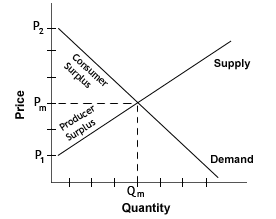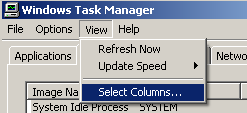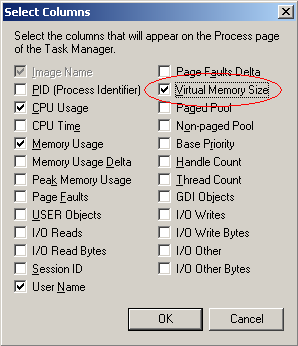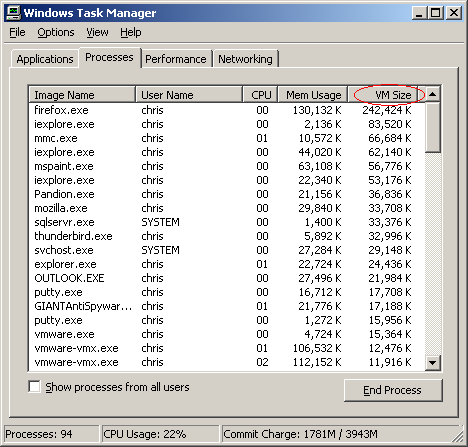Market Efficiency Effective price
23:17 Edit This 0 Comments »The supply curve (see figure 3.3) represents the quantities of a particular good that producers are willing to supply at various price points. For any particular quantity, the height of the supply curve represents the minimum price that suppliers of a good must get in order to supply the additional unit. That minimum supply price must cover the increase in total costs, or marginal cost, of producing the additional unit. The opportunity cost represents the value of other goods that may have been produced with the resources used. Producers must receive a price at least equal to their opportunity cost.
Producer surplus is defined as the difference between what a producer actually receives (which will be the market price) for a product and the producer's minimum supply price (marginal cost) for that product. If a producer is willing to provide a unit of a good for $3.00, and actually gets $4.00, then the producer would have $1.00 of producer surplus.
Consumer Surplus, Producer surplus, and Equilibrium.
We expect consumers to keep consuming additional units of a good until the marginal benefit no longer exceeds the price, or there is no longer an increase in consumer surplus. Producers will continue to provide additional units of a good up to the point where the market price no longer exceeds their minimum supply price.
The marginal benefit for all people in a society can be described as the marginal social benefit. Similarly the marginal costs for all producers in a society of a good can be described as the marginal social cost. At market equilibrium, the marginal social benefit of consuming an additional unit of a good is just equal to the marginal social cost of producing the additional unit.
In the figure 3.5 below, the triangle defined by the points P2PmQm represents consumer surplus, while the triangle defined by points P1PmQm represents producer surplus.
Figure 3.5: Consumer and Producer Surplus
 |
How Resources Move Toward Their Most Efficient Allocation
Suppose consumer preferences change so that good A is now more desired than good B. We would expect the price of good A to shift higher and the price of good B to shift lower. This in turn will induce the production of additional units of good A and the devotion of more input resources to good A, while similarly decreasing production of B and its associated input resources.
In the real world today we have seen higher oil prices stimulate more drilling for oil and more investment in oil substitutes. The wage rates of mainframe programmers in the United States has decreased over the last several years in comparison to the year 2000, as there less of a need for their services. The lower wage rates have induced more mainframe programmers to retrain themselves with other computer skills, or to leave the field.
Obstacles to achieving efficiency include:
· Price Ceilings/Floors Sometimes governments impose price ceilings, which define a maximum price, or price floors, which define a minimum price. Effective price ceilings or floors prevent normal market equilibrium.
· Public Goods are goods available to everyone, even if they don't pay. Examples include police protection and public parks. One reason competitive markets don't produce the optimum amount of a public good is due to the "free-rider" problem: those who don't pay get a "free ride" with regards to getting the benefit.
· Common Resources are used potentially by everyone and not owned by anyone. Example of inefficiencies here include overfishing and air pollution.
· Externalitiesreflect costs and benefits not borne by the person or firm making the economic decision, which are imposed on or granted to others. Runoff from large cattle feedlots can damage nearby farms, and this potential cost may not be considered by feedlots when they look at their supply curve. A landowner who chooses not to develop her land may benefit several other homes for purposes of flood control. The benefit to others may not be taken into account when deciding to develop the land.
· Taxes lead to lower quantities produced, higher prices for buyers and lower effective prices for sellers.
· Subsidies increase the quantity produced, lower prices for buyers and increase seller prices.
· Quotas limit the quantity that can be produced.
· A monopoly means that only one firm can provide a certain good or service. A monopolist will charge a higher price and produce a lower quantity in comparison to a competitive market.
With the exception of the above-mentioned obstacles, a competitive market will use resources efficiently. Goods are produced up to the point where the marginal benefit is equal to the marginal cost, and the sum of consumer and producer surplus is maximized.
The Fairness Principle, Utilitarianism, and the Symmetry Principle
Economists often like to examine the "fairness" of a situation or economic system. Ideas about fairness can be lumped into one of two categories:
· "Results" must be fair.
· "Rules" must be fair.
Utilitarianism, which is a moral philosophy developed in 18th and 19th century Great Britain, posits that an action is correct if it increases overall happiness for the performer of the act and those affected by the act. Utilitarians argued that income should be transferred from the rich to the poor until complete equality was achieved.
One problem with utilitarianism is the tradeoff between fairness and inefficiency. An effort to transfer wealth by heavily taxing rich people will decrease incentives for people to save money or work hard. This can lead to inefficient uses of capital and labor. Another source of inefficiency is the administrative cost of transferring money from the rich to the poor.
The symmetry principle is based on the intuitive principle that people in similar situations should be treated the same. From an economic perspective, we would like to achieve equality of opportunity. The symmetry principle adheres to the viewpoint that "rules" must be fair.




